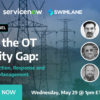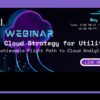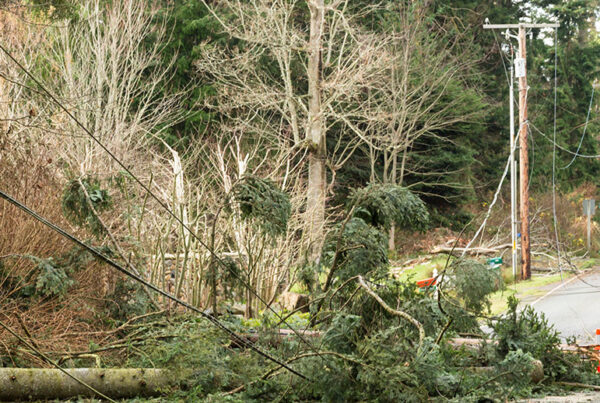
Avista and the Pacific Northwest National Laboratory (PNNL) recently signed a Memorandum of Understanding (MOU) to work together on advancing the grid.
You may know that PNNL has been active in developing the concept of transactive energy, “a system of economic and control mechanisms that allows the dynamic balance of supply and demand across the entire electrical infrastructure using value as a key operational parameter,” as defined by the Gridwise Architecture Council. Avista has also been working on transactive energy seeking to understand how to provide a signal of value that incents assets (thermostat, water heater, chiller) to act in a way that the grid and customers benefit, using transactive controls at the local level.
Along with testing new battery chemistries and advancing energy efficiency through a Home Energy Score, the MOU focuses on developing and testing transactive building controls for grid reliability and resiliency and exploring whether a test bed can be designed for utilities to simulate advanced distribution management systems. Here’s where the analytics come in.
Transactive building controls. Avista is developing an “eco-district” in Spokane that will allow buildings in the district to share heating/cooling and electricity. So, for example, the waste heat of a computer center could be “bought” by another building in the cluster that has a demand for heat. PNNL and Avista will collaborate on the development of detailed building simulations to learn how different incentives would affect the exchange of energy in the eco-district buildings. Also, analytics will be used to inform new building and mechanical designs that would make eco-districts easier to operate.
Feasibility of a grid testbed. The testbed would be a shadow grid that utilities can opt to configure to represent portions of their grid. Simulation analytics would allow users to explore how the grid would perform with the installation of advanced controls without negatively impacting the grid. Users would be able to test scenarios to determine the appropriate amount of control at each point in the network, from the control center to the grid edge itself. It’s more “grid in the loop” (GIL) than “hardware in the loop (HIL).” Given the complexity of the grid, big data and analytics are critical. The combination of HIL and GIL provides a more accurate validation of grid solutions than simulation alone. Testbed research will also examine how to incorporate open source interoperability architecture currently being co-developed by Duke Energy and Avista.
A different type of collaboration
The national labs typically work with U.S. Department of Energy (DOE) funds with the intent to support efforts that industry might find it difficult to execute without research and development (R&D). National labs have a history of collaborating with local utilities, but what is unique in this situation is the nature of the collaboration.
Traditionally, national labs have developed algorithms and models; utilities have provided test data for joint projects. That relationship is becoming more intimate and involved, with PNNL and Avista working in teams to co-develop solutions. Using algorithms and analytics developed by PNNL, Avista will be able to deliver new services that provide customer benefits.
In most cases, DOE-funded projects produce studies, analytics, and solutions that others can leverage. For example, volttron, an open source platform created at PNNL to manage building controls, can be used by building owners/operators. A goal of the Avista/PNNL partnership is to produce similar knowledge and tools that will be of value to other utilities, utility partners, energy service providers, and customers.
Jill Feblowitz is President of Feblowitz Energy Consulting, where she helps companies in the energy ecosystem with innovation. Ms. Feblowitz has over 30 years in the business, starting with watts (as an electrician) and moving to MW (as a consultant and IT analyst), providing advice on business, regulation and technology. She has a historical perspective as well as a keen sense of industry game-changers – renewables, distributed energy resources, storage, EVs, smart grid and information/control technologies (Big Data, analytics, edge computing, AI/machine learning, robotics, and more). During her long work history, she has learned how critical analytics are to industry performance.














